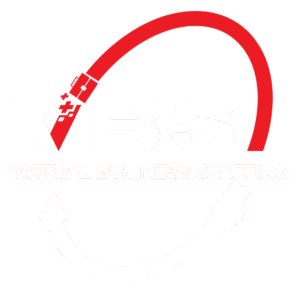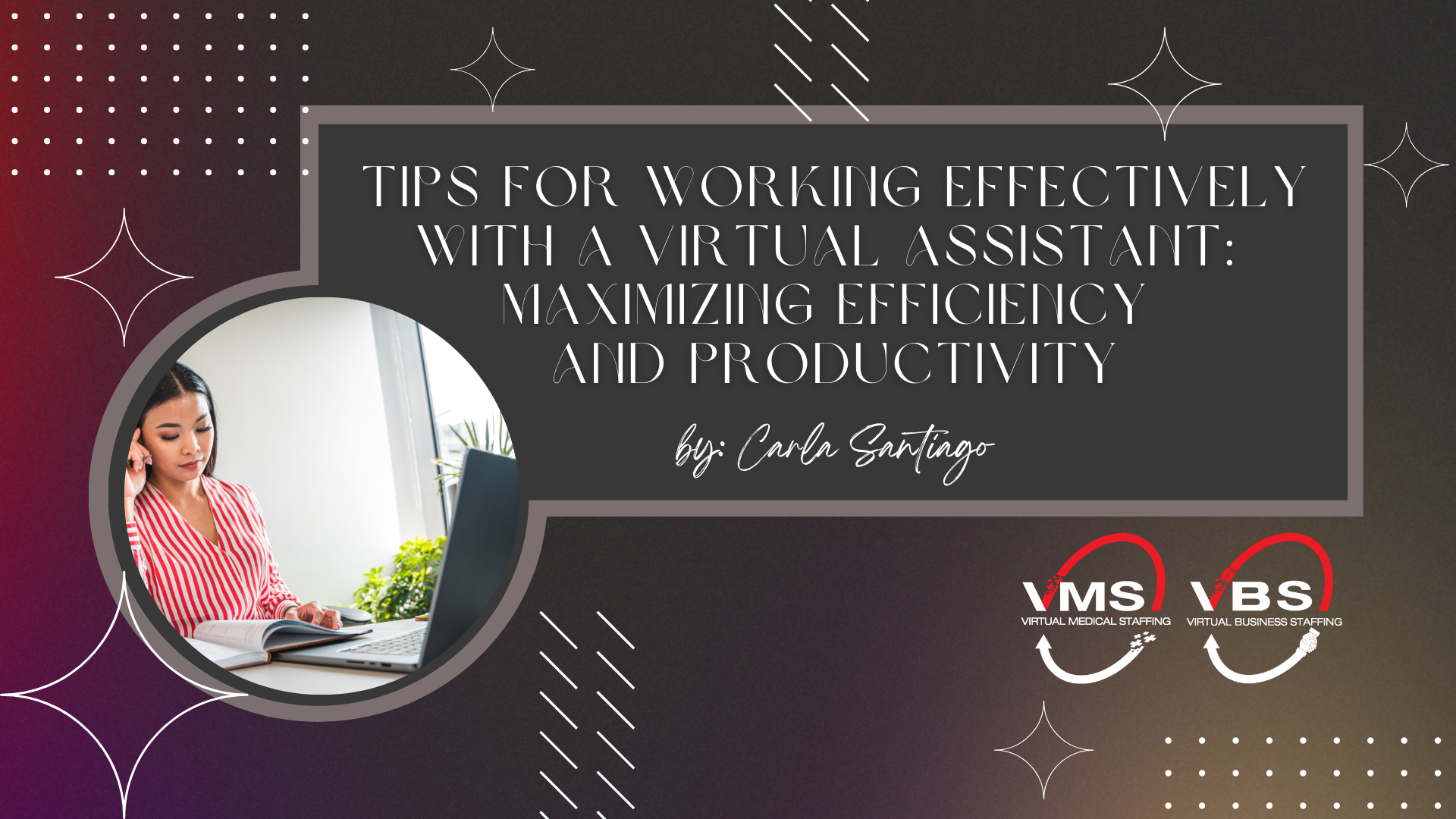In the digital age, virtual assistants (VAs) have become essential assets for businesses seeking to streamline operations and enhance productivity. Whether you’re a small business owner, entrepreneur, or part of a large corporation, working effectively with a virtual assistant can significantly impact your success. This article provides tips to help you maximize your teamwork with a virtual assistant, ensuring smooth communication and an efficient workflow.
1. Set Clear Expectations from the Start
Define Roles and Responsibilities
Before your virtual assistant starts working, outline their roles and responsibilities in detail. Clearly define the tasks they will handle, deadlines, and performance expectations. This clarity helps avoid misunderstandings and ensures that your virtual assistant knows exactly what is expected of them.
Establish Communication Protocols
Determine how and when you will communicate. Decide on the preferred channels (e.g., email, Slack, Zoom) and set regular check-in meetings to discuss progress, address issues, and provide feedback.


2. Use the Right Tools
Project Management Tools
Leverage project management tools like Trello, Asana, or Monday.com to assign tasks, track progress, and manage deadlines. These platforms provide visibility into ongoing projects and help keep everything organized.
Communication Tools
Use communication tools such as Slack, Microsoft Teams, or Zoom to facilitate seamless communication. These tools support instant messaging, video calls, and file sharing, making staying connected with your virtual assistant easy.
3. Provide Detailed Instructions
Create Standard Operating Procedures (SOPs)
Develop SOPs for recurring tasks to ensure consistency and quality. These documents should include step-by-step instructions, preferred methods, and any templates or resources your virtual assistant might need.
Use Screen Recording Software
Using tools like Loom or Screencast-O-Matic allows you to create video tutorials demonstrating how to complete specific tasks. Visual instructions can be more effective than written ones, especially for complex processes.



4. Build a Strong Working Relationship
Foster Trust and Respect
Treat your virtual assistant with respect and trust. Because they are working online and there is very minimal human interaction, one may tend to forget that they are also humans. A positive working relationship encourages loyalty and productivity. Show appreciation for their hard work and acknowledge their contributions to your business.
Encourage Open Communication
Create an environment where your virtual assistant feels comfortable sharing ideas, asking questions, and providing feedback. Remember, your virtual assistant is your frontline. Almost all the time, they are the first ones who experience problems with the process. Open communication leads to better collaboration and continuous improvement.
5. Monitor Performance and Provide Feedback
Set Key Performance Indicators (KPIs)
Establish KPIs to measure your virtual assistant’s performance. These metrics can include task completion rates, quality of work, and adherence to deadlines. Regularly review these KPIs to track progress. Setting Key Performance Indicators (KPIs) involves identifying and defining the specific metrics that will be used to measure the performance and success of a particular project, team, or organization.
Offer Constructive Feedback
Provide constructive feedback to help your virtual assistant improve and grow. Highlight what they are doing well and suggest areas for improvement. Be specific and timely when providing feedback and focus on the behavior and work and not the person. Offering constructive feedback is an essential skill for fostering improvement and development in others.


6. Encourage Professional Development
Invest in Training
Support your virtual assistant’s professional growth by providing access to training and development opportunities. This could include online courses, webinars, or industry conferences. A well-trained virtual assistant can bring new skills and insights to your business.
Promote Skill Enhancement
Encourage your virtual assistant to expand their skill set. This could involve learning new software, improving communication skills, or acquiring industry-specific knowledge. Continuous skill enhancement benefits both your virtual assistant and your business.
7. Maintain Flexibility and Adaptability
Be Open to Change
Maintaining flexibility and adaptability is crucial in today’s fast-paced world. Have a growth mindset by viewing challenges as opportunities for learning and improvement. Stay informed about industry trends and anticipate changes. Set flexible goals that allow for adjustments and create open communication to foster a supportive environment.

In conclusion, by setting clear expectations, providing detailed instructions, and promoting open communication, you can maximize the efficiency and productivity of your virtual assistant. Investing in their professional development and maintaining flexibility will further enhance your collaboration, driving your business toward greater success. These guidelines can help you create a harmonious and efficient working relationship with your virtual assistant, allowing you to focus on what truly matters with your business and your personal life.





